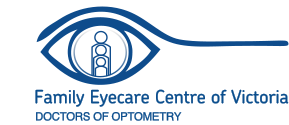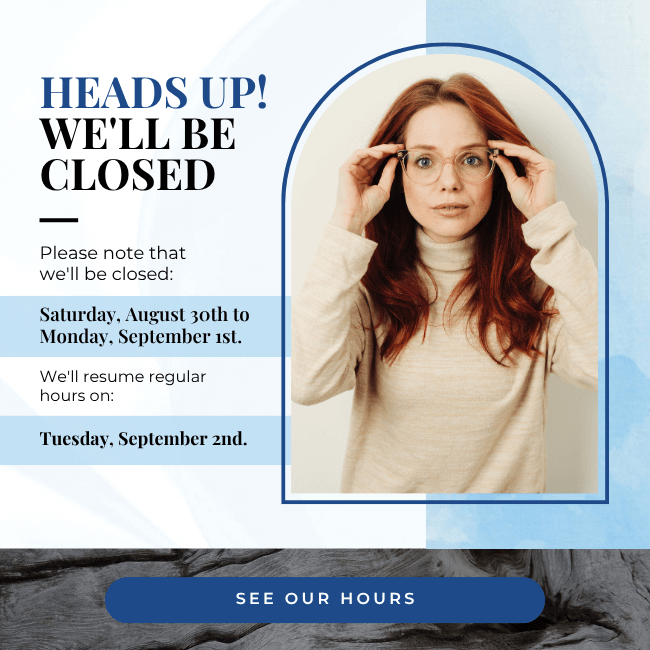As your little one grows, their world becomes full of amazing new things to see and explore. However, sometimes children face a challenge with their vision. One common condition is accommodative esotropia.
Accommodative esotropia is when one or both eyes turn inward when focusing on nearby objects. This can make activities like reading or playing challenging and can cause blurry or double vision. In this blog, we’ll explore how glasses and binasal occlusion can help your child see clearly and comfortably.
What Is Accommodative Esotropia?
Accommodative esotropia occurs when the eye muscles are impacted by the effort of focusing. When children with this condition try to focus on something close, their eyes may turn inward (toward the nose), making things like reading or playing with toys a little tricky. It can also lead to blurry or double vision.
How Glasses Can Help?
The good news is that glasses can often help correct accommodative esotropia. The condition often occurs when children need glasses to correct a farsighted (hyperopic) vision problem. Glasses help focus light correctly on the retina, the part of the eye that sends visual signals to the brain.
When your child wears their glasses, the eyes don’t need to work as hard to focus on nearby objects, reducing the inward turning of the eyes and helping them stay aligned. Your child might feel more comfortable seeing clearly and won’t have to strain to look at things close up.
What Is Binasal Occlusion?
Binasal occlusion is another key part of treating accommodative esotropia. It involves placing small patches on the inner part of your child’s glasses (near the nose) to help their eyes work together. This simple step can improve eye coordination and reduce the inward turning of the eyes.
Think of it as a little reminder for their eyes to stay focused and aligned. The patches don’t block their view but instead encourage the eyes to cooperate better. It might take a little time for your child to get used to this, but regular use can make a big difference.
Why Is Early Treatment So Important?
Treating accommodative esotropia early is vital because young children’s eyes are still growing and developing. The sooner your child gets the right treatment, the better their chances are for improving their vision and eye alignment as they grow.
Wearing glasses consistently and using binaural occlusion as prescribed can help your child’s eyes work together properly, reducing the chance of long-term vision problems.
Tips for Supporting Your Child’s Treatment
Here are some tips to help you and your little one make the most of their treatment:
- Be patient: It might take some time for your child to get used to wearing glasses or having binasal occlusion. Celebrate the small victories, like when they wear their glasses without fussing!
- Make it fun: Let your child pick out their favourite frames. There are so many colourful and fun options. If your child loves their glasses, they’re likelier to wear them!
- Consistency is key: Make sure your child wears their glasses and follows the treatment plan every day, just like brushing their teeth!
- Be a role model: Show your child how to wear their glasses proudly by wearing your own (if you do!). Kids love to mimic their parents.
A Bright Future Ahead
With the right treatment, your child’s vision can improve significantly, and they’ll be able to explore their world in a whole new way. Whether looking at books, playing with toys, or watching their favourite show, you can help your little one see more clearly and comfortably.
Remember, you’re not alone on this journey! Your child’s doctor, optometrist, and vision therapist are there to support you every step of the way. Together, we can all help your child’s eyes grow stronger and more aligned.



